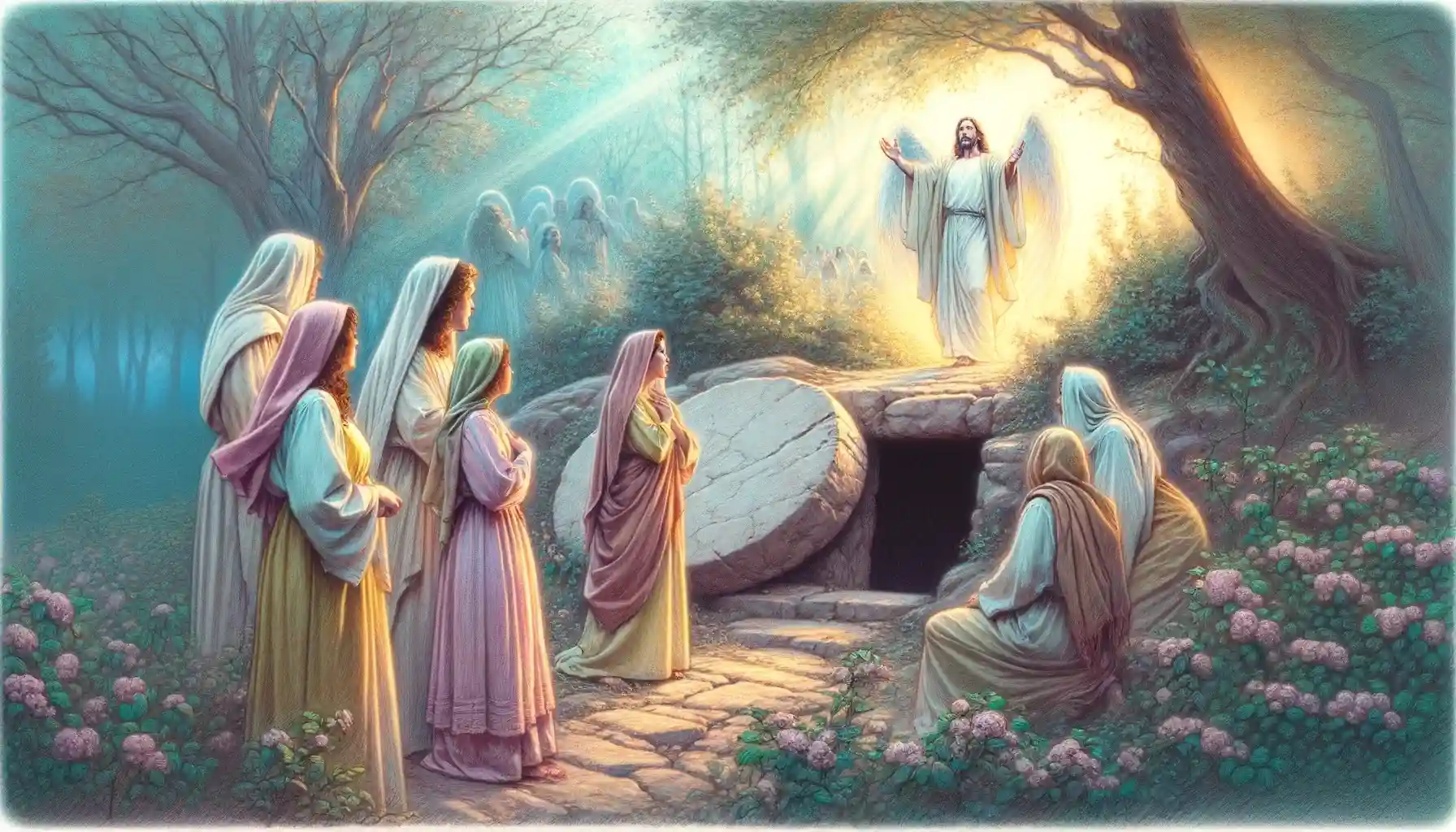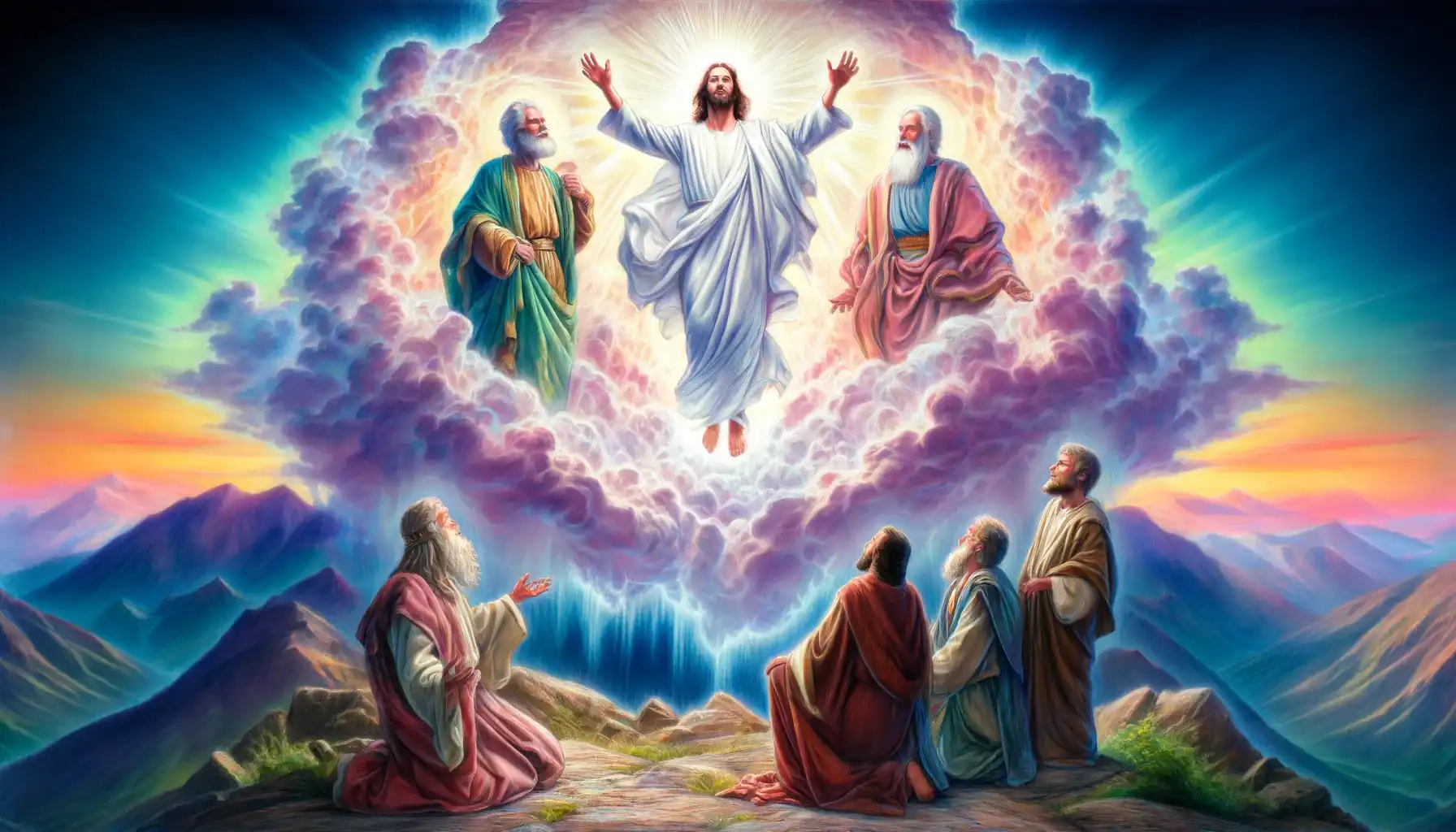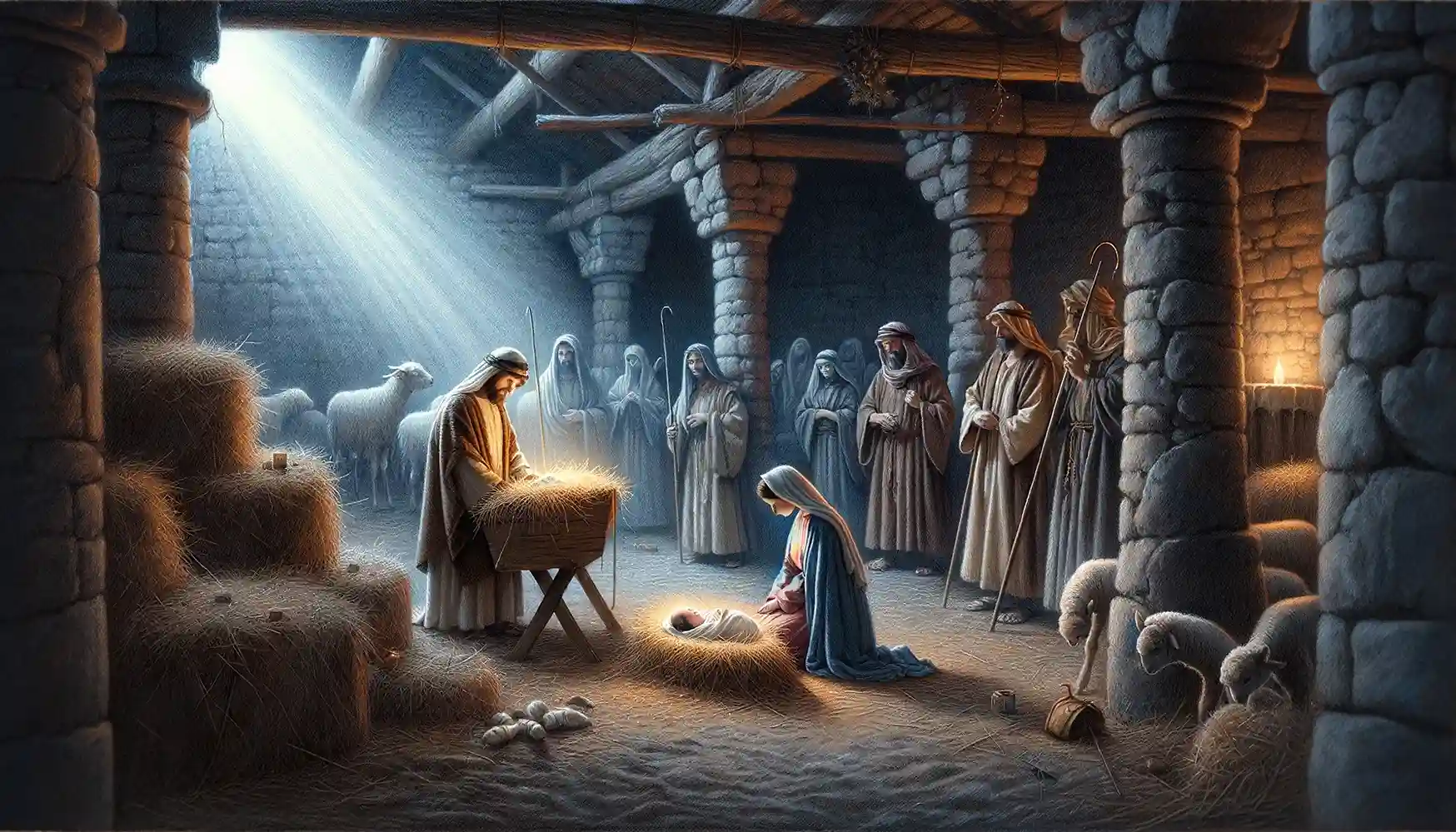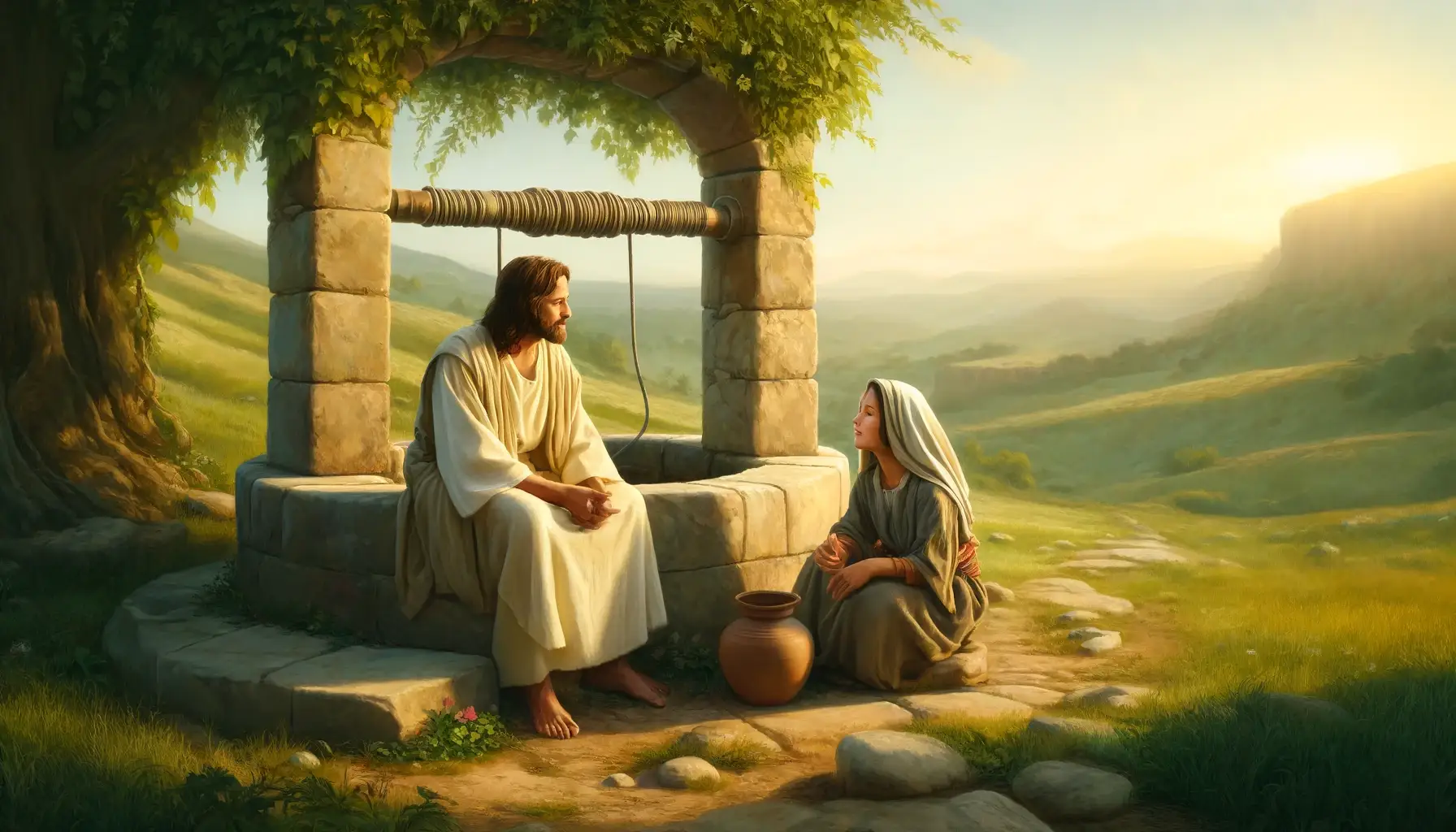In Luke 24:1-12, the Resurrection of Jesus is revealed when several women, visiting His tomb to anoint His body, find the stone rolled away and the tomb empty, an event confirmed by angels who remind them of Jesus’ prophecy about His death and resurrection, leading to a transformative discovery that initially meets skepticism from the disciples, except Peter, who investigates and marvels at the fulfillment of Jesus’ words.
The Transfiguration of Jesus is a profound revelation of His divine nature and His fulfillment of the Law and the Prophets. It reaffirms Jesus’ sonship and His mission, providing the disciples—and through the Gospel, all believers—a glimpse of His heavenly glory.
The narrative of the Birth of Jesus in Luke 2:1-20 offers a profound glimpse into the miraculous events surrounding the arrival of Christ, emphasizing themes of prophecy, divine humility, and celestial joy, set against a backdrop of Roman governance and fulfilled through a humble manger in Bethlehem.
The meeting of Jesus with the Samaritan woman at Jacob’s Well serves as a critical lesson on the scope of Jesus’ ministry and the power of direct personal encounter in transforming lives and transcending cultural divides.




